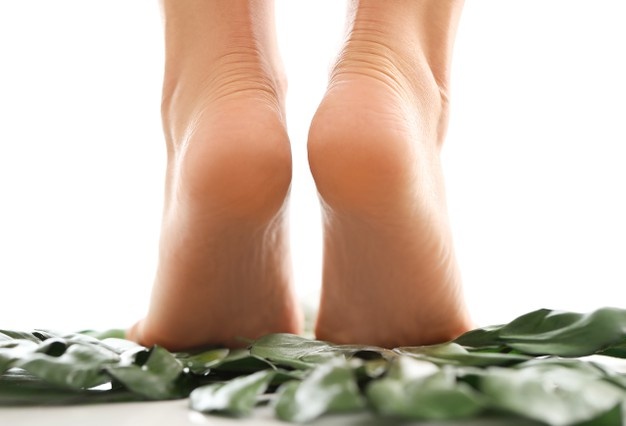Podiatry
Podiatry is also known as chiropody, is a medical speciality that deals with the diagnosis and treatment of diseases and disorders of the human foot. Podiatrists diagnose and treat foot diseases, and deformities through physical therapy, specialized shoes, other mechanical devices, pharmaceuticals, and minor surgery. They can treat injuries and complications from health problems such as diabetes.
Podiatrists are doctors, but they do not go to traditional medical schools. They have their schools and professional associations. Instead of "MD" (Medical Doctor), their names are followed by "DPM" (Doctor of Podiatric Medicine). Podiatrists can perform surgeries, repair broken bones, prescribe medication, and order lab tests or X-rays. When a problem affects your feet or lower legs, they often work with other specialists.

Podiatrists treat people of any age with a variety of foot conditions, including:
Fractures and sprains : Podiatrists routinely treat these common injuries when they affect one foot or ankle. They also work in sports medicine, treating foot problems for athletes and suggesting ways to avoid them.
Nail damage : This includes problems with a fungus or infection of the toenails. This is when a corner or side of the nail grows out instead of sticking out straight to your toes.
Growing pains : A podiatrist may be able to help if your child's feet are pointing inward or appear flat or their toes are not lined up properly. They may recommend exercises, insoles or braces. Or they may prescribe surgery.
Arthritis : This is from swelling, inflammation and wear and tear on your joints. Each leg has 33 joints. A podiatrist may recommend physical therapy, medication, or special shoes or inserts to help with your arthritis
Bunions and hammertoes : These are bone problems in your feet. A bunion occurs when the joint at the base of your big toe becomes enlarged or falls out of place. It bends the finger to others. A hammer does not bend in the right direction.
